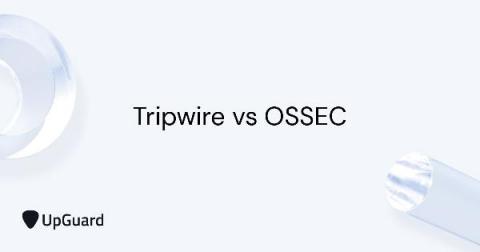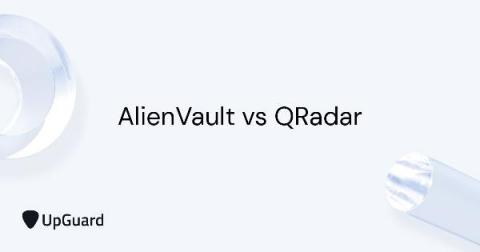IIS vs Apache: Which is the Best Web Server?
If you host a website, chances are good that you are running either Apache or Internet Information Services (IIS). Depending on the data source, they are two of the most common web server platforms, comprising a virtual triumvirate with Nginx for control of the market. They each also have their passionate supporters and haters. In fact, IIS vs. Apache flame wars are many times really spillover or proxy tirades of ‘Microsoft vs. Linux’.











